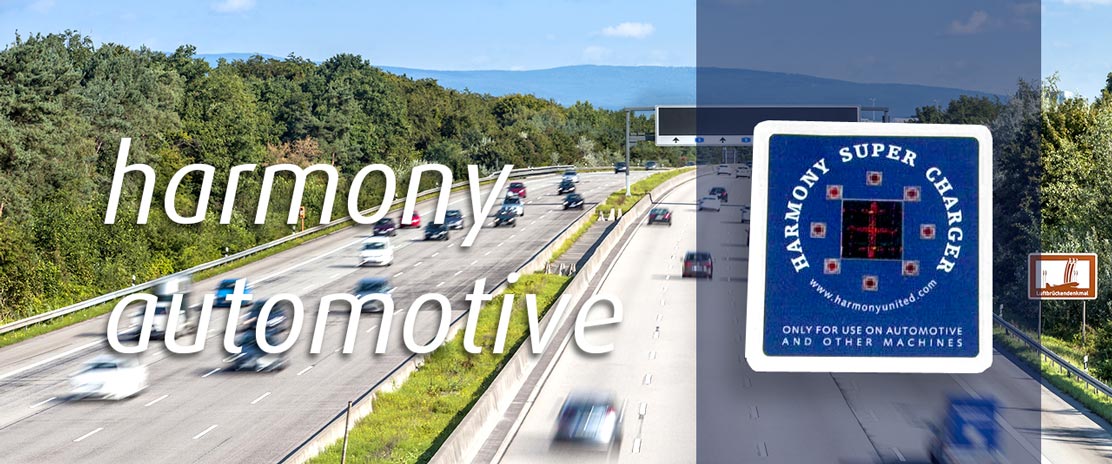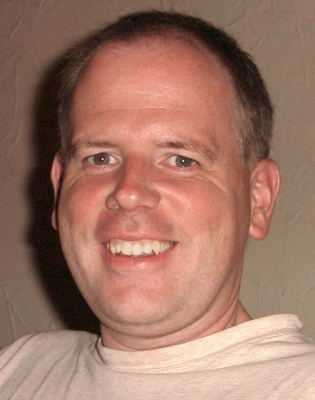
Harmony Automotive - the Beginning
 A long time ago, by our present way of telling the hours, a young German engineering student was discovering for himself that scientific progress is often to be measured by the obituaries of leading “scientists”. The problem which caused him so much trouble was the large discrepancy which he had discovered between what he was required to learn to get his degree and what actually happens in the real world.
A long time ago, by our present way of telling the hours, a young German engineering student was discovering for himself that scientific progress is often to be measured by the obituaries of leading “scientists”. The problem which caused him so much trouble was the large discrepancy which he had discovered between what he was required to learn to get his degree and what actually happens in the real world.
When he went to his professor to seek clarity in this problem, he was simply “invited” to leave the university.
By Great Good Fortune or by Divine Intervention (those with a thorough command of the English language will, of course, recognise that these two phrases mean exactly the same thing) our engineering student found a place at a better institute of higher education where the professor was of the same opinion as himself.
 Working both to learn the nonsense required to earn his degree and, simultaneously, how to better manage the real world, our hero, Joachim M. Wagner both earned his degree and followed the maxim of Arthur C. Clarke:
Working both to learn the nonsense required to earn his degree and, simultaneously, how to better manage the real world, our hero, Joachim M. Wagner both earned his degree and followed the maxim of Arthur C. Clarke:
“To make a great invention, study what all experts agree cannot be done and then do it!”
Just a few years after earning his degree he attained, in September 1989, his first “impossible” objective.
All experts of that time were in total agreement (and, so far as we know, appear still to be of the same opinion) that one can improve either the performance or the fuel consumption or the exhaust emission of a car engine but never two of these at the same time. To contemplate improving all three of these together was clearly the pipe dream of an empty head.
Joachim disagreed and then did it.
This was the beginning of the Harmony Technology.
For a free consultation about any aspect of the Harmony Technology and how to use it, please use
How, exactly, does the Harmony Technology function?